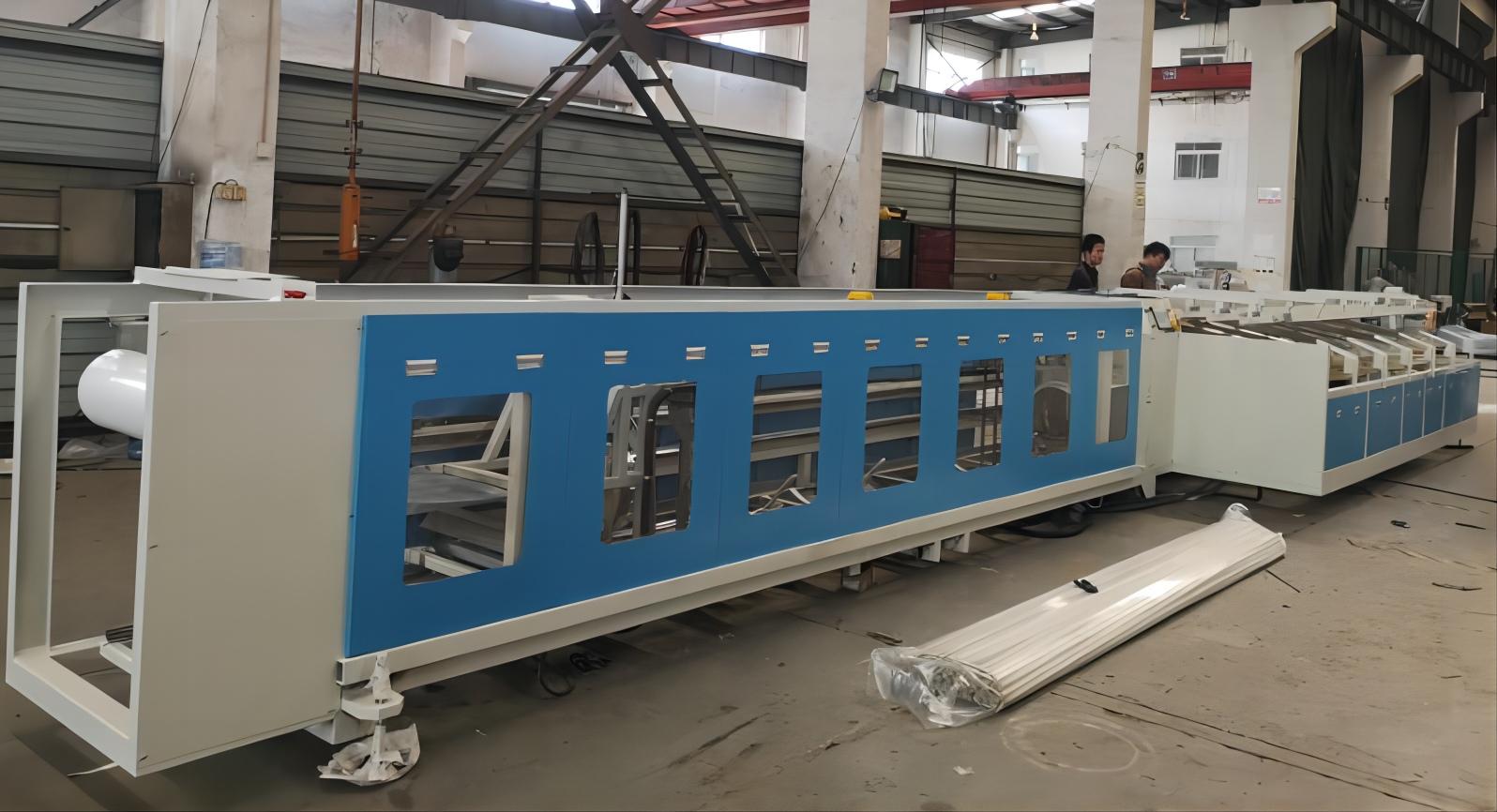Optimizing PVC Pipe Handling: An In-Depth Look at Automated Bag Packing Machines
Handling and packaging large volumes of PVC pipes efficiently and safely presents significant logistical challenges for manufacturers and distributors. Ensuring pipes remain clean, undamaged, and organized during storage and transport is crucial. Automated PVC pipe bag packing machines offer a streamlined and robust solution to these challenges. This specialized equipment is designed to automatically enclose individual or bundled PVC pipes in protective polyethylene (PE) bags, preparing them for shipment or inventory.
The Automated PVC Pipe Bagging Process Explained

A typical pipe bagging system operates through a sequence of coordinated steps to ensure efficient and consistent packaging:
- Infeed and Alignment: PVC pipes are loaded onto an infeed conveyor system. Sensors and guides often ensure the pipes are properly spaced and aligned before entering the bagging station. This step is critical for accurate packaging, especially when handling bundles.
- Bag Dispensing and Opening: The machine positions a pre-made PE bag or forms a bag from a roll of PE film. Mechanisms open the bag ready to receive the pipe(s).
- Pipe Insertion: The aligned PVC pipe or bundle is automatically pushed or guided into the open bag. Precision control prevents damage to the pipe or bag during this stage.
- Sealing: Once the pipe is inside, the bagging station securely seals the open end of the bag. Heat sealing is a common method, creating a strong, tamper-evident closure that protects the contents.
- Discharge: The sealed, packaged pipe or bundle is then moved onto an outfeed conveyor, ready for stacking, palletizing, or direct loading.
Watch this PVC pipe bag packing machine in action to see the process:
Key Components of a PVC Pipe Bagging Machine
While designs vary, most automated pipe bagging systems incorporate several core components:
- Infeed Conveyor: Transports pipes from the production line or loading area to the machine.
- Alignment Unit: Uses guides, rollers, or sensors to ensure pipes are correctly positioned before bagging.
- Bagging Station: The heart of the machine, where bags are dispensed, opened, filled, and sealed. This may include film roll holders, cutters, and sealing bars.
- Sealing Mechanism: Typically employs heat sealing technology (impulse or constant heat) for reliable PE bag closure.
- Outfeed Conveyor: Moves the finished packages away from the machine.
- Control System (PLC): A Programmable Logic Controller manages the machine's operations, sequencing actions, monitoring sensors, and allowing for parameter adjustments (like bag length or sealing time) via a Human-Machine Interface (HMI).
Core Benefits of Automated Pipe Bagging

Implementing a PVC pipe bag packing machine provides several operational advantages:
- Increased Operational Efficiency: Automating the bagging process significantly boosts throughput compared to manual methods. Consistent cycle times lead to predictable output and better production planning.
- Consistent Packaging Quality: Machine application ensures uniform bag fit, secure sealing, and a professional appearance for every package. This enhances product protection and reflects positively on brand quality.
- Reduced Labor Requirements: Automation frees up personnel from repetitive, labor-intensive manual bagging tasks. This reduces direct labor costs and allows staff to be reallocated to higher-value activities. It also minimizes ergonomic risks associated with manual handling of potentially long or heavy pipes.
- Enhanced Product Protection: PE bags effectively shield PVC pipes from dust, dirt, moisture, scratches, and potentially harmful UV exposure during storage and transportation, preserving product integrity.
Common Applications
These industrial pipe packaging systems are indispensable in various sectors, including:
- PVC pipe manufacturing facilities
- Building material distribution centers
- Large-scale plumbing supply wholesalers
- Infrastructure project suppliers
Considerations When Selecting a System
Choosing the right automated pipe packaging solution requires careful evaluation of several factors:
- Pipe Specifications: What is the range of pipe diameters and lengths the machine needs to handle?
- Throughput Needs: How many pipes or bundles per hour need to be packaged?
- Bag Material and Format: What type and thickness of PE film are required? Will the machine use pre-made bags or form bags from roll stock?
- Level of Automation: Does the system need to integrate with upstream cutting/bundling equipment or downstream palletizing?
- Footprint and Layout: How much space is available, and how will the machine fit into the existing workflow?
- Customization: Are specific features needed, like automatic bundle strapping before bagging or printing on the bags?
- Maintenance and Support: What are the manufacturer's recommendations for maintenance, and what level of technical support is available?

automatic bundle bagging machine Conclusion
Investing in a PVC pipe bag packing machine represents a strategic step for manufacturers and distributors aiming to optimize their pipe packaging solutions. By automating this critical process, businesses can achieve significant gains in efficiency, ensure consistent package quality, reduce labor costs, and provide superior protection for their PVC pipe products. These systems are vital tools for maintaining product integrity and operational competitiveness in the demanding construction and materials supply industries.
